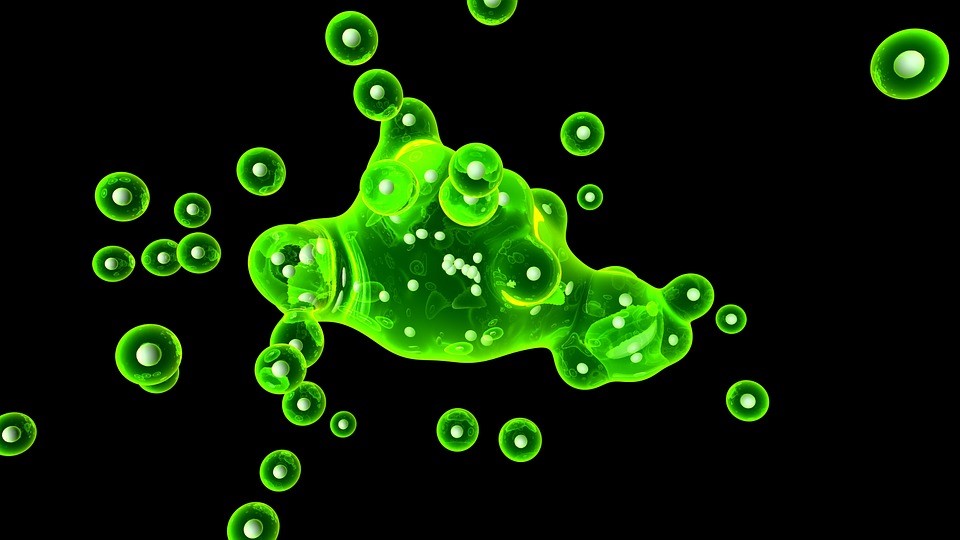By Brian Santo, contributing writer

Nobody has ever looked at ketchup, Silly Putty, or castor oil and thought, Hey, I wonder if that stuff is bulletproof? Which is one reason why it has taken so long to stumble on an impact-resistant material that could prove extremely effective for body armor, military vehicle cladding, mortar-defying tents, emergency blankets, and any number of other possible uses.
Researchers at the U.S. Air Force Academy (AFA) have devised a material that can stop a bullet from a .44 Magnum, uses 75% less fabric than previous body armor, weighs less, and is half as thick, according to the AFA.
During a 2015 chemistry class at the Air Force Academy, cadets were handed three impact-resistant materials — Kevlar, carbon fiber, and epoxy — and were asked to combine the materials to make a more effective bulletproof material.
As Cadet First Class Hayley Weir and her advisor, Ryan Burke, a military and strategic studies professor at the academy, began working with the materials, they became unsatisfied with the performance of the epoxy in the trio of materials.
Epoxy happens to be a non-Newtonian fluid. The vast majority of fluids in the world conform to Newton’s Law of Viscosity, which predicts the behavior of fluids in response to the application of force. Non-Newtonian fluids simply don’t conform to the law of viscosity. A factor in the equation for viscosity is shear stress, and the shear stress characteristics of different non-Newtonian fluids can vary wildly. Many of them, such as epoxy, stiffen in response to force.
Weir and Burke began searching for another material in the same class, with shear stress characteristics similar but superior to those of epoxy.
Considering the total number of fluids, there aren’t that many non-Newtonian fluids, but the substances that do fall into that category are not rare. They include Silly Putty, ketchup, castor oil, custard, whipped cream, some clays, latex paints, blood, and printer ink, among others.
Weir has told several sources that she remembered playing with Oobleck , a simple combination of corn starch and water, when she was a child. Oobleck happens to be another non-Newtonian fluid.
It turned out that looking for another non-Newtonian fluid to use in place of the epoxy was, in fact, a brainstorm. It seems an obvious idea, but Weir and Burke couldn’t find reference to anyone else ever having tried it, Burke told The Air Force Times.
Weir and Burke found what they were looking for. They have not identified the substance, which they’re referring to as “goo,” but it’s black, and Weir mixes it up with a kitchen blender.
The material they’re using actually failed at first. The researchers eventually discovered that how the layers of Kevlar and goo are ordered make a difference, however. After changing the layering, they’re having a hard time making it fail, they say.
Interestingly, the layered material gets harder with increasing force. In practical terms, that means the bigger the bullet, the more bulletproof the material is. The material was tested against rounds from a 9 mm, a .40 Smith & Wesson, and a .44 Magnum. In the 9 mm testing, the rounds went through most of the layers but were caught by the fiber backing, Burke told the Air Force Times. The larger .40-caliber round was contained in the third layer of Kevlar. The .44 Magnum was caught in the first layer.
Weir and Burke recently spoke with reporter Kyle Clark of Channel 9 in Denver, Colorado. The interview includes slow-motion video of one of their ballistic tests. See it below:
Advertisement
Learn more about Electronic Products Magazine





